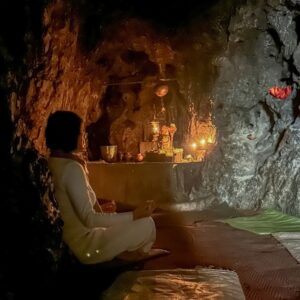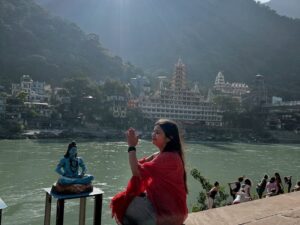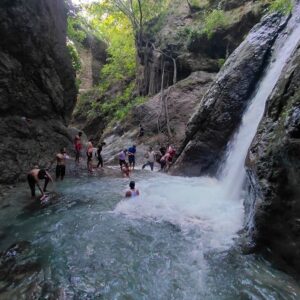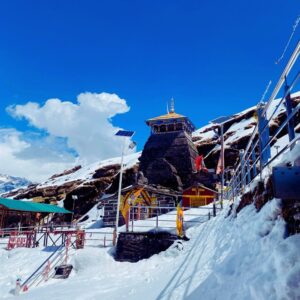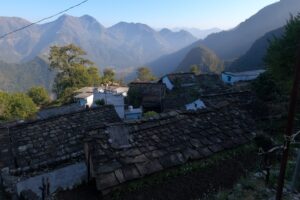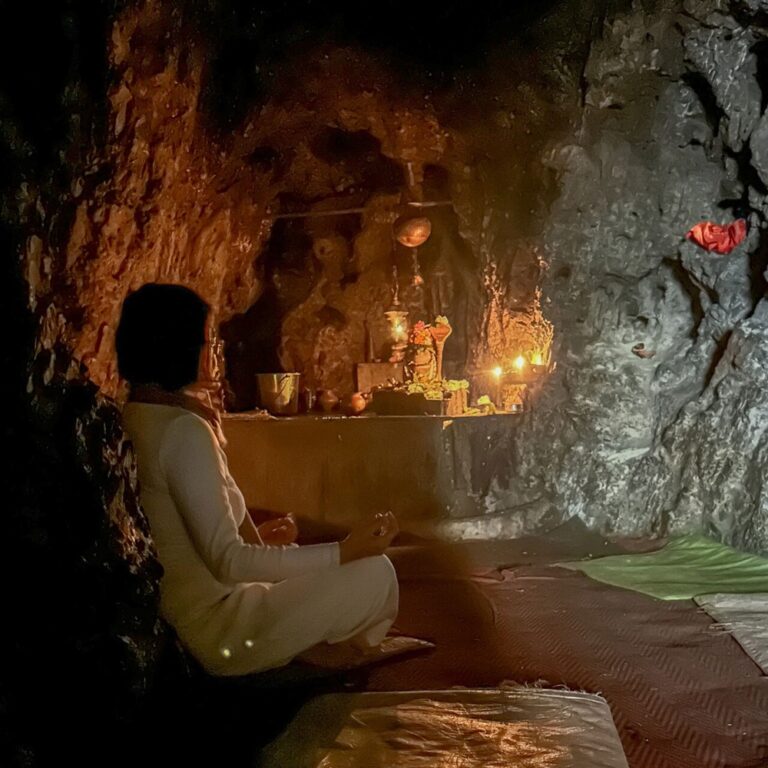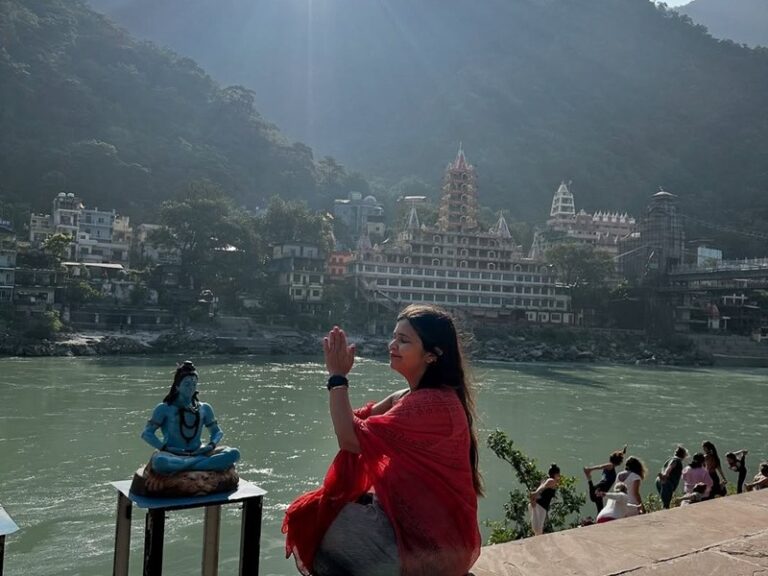Kedarnath Temple History Buried for 400 Years Under the Snow
Kedarnath Dham 2025:
Kedarnath Dham is one of the 12 Jyotirlingas of Lord Shiva and is considered one of the most sacred temples of Lord Shiva. Often, people wonder why the Shivling of Kedarnath Dham is in a triangular shape resembling the back of a bull.
Let’s explore History and mythological legend behind this, which is connected to the Pandavas.
The Story of Kedarnath
The story behind Kedarnath temple, origins are unclear. It was built in the 8th Century in the Himalayan Mountains. However, there are stories that claim it was Bhoj of Malwa who began construction on it in the 2nd Century. Undeniably, this is a much older piece of Indian history and certainly one of our most spectacular architectural marvels.
The Shivling of Kedarnath is triangular in shape, with a circumference of 12 feet and a height of approximately 12 feet. In front of the temple, there are depictions of Goddess Parvati and the five Pandava princes.

Kedarnath Temple History: In Mahabharata
According to mythological legends, the Mahabharata war had ended, and Yudhishthira had become the king of Hastinapur. Some time later, Mother Kunti, Dhritarashtra, Gandhari, and others had also embraced renunciation (Sannyas).
Nara Narayan
The second statue here is Nara Narayan. It is a monolithic statue of Vishnu in a reclining position (this Hindu deity of ‘Hinduism’ stands erect and is taller but the name here refers to the same deity). Kedarnath previously called “Naran Garh” and Nara Narayan used to reside there.
Suggested Read – Rudra Meditation Cave at Kedarnath- Facilities Cost & How To Book
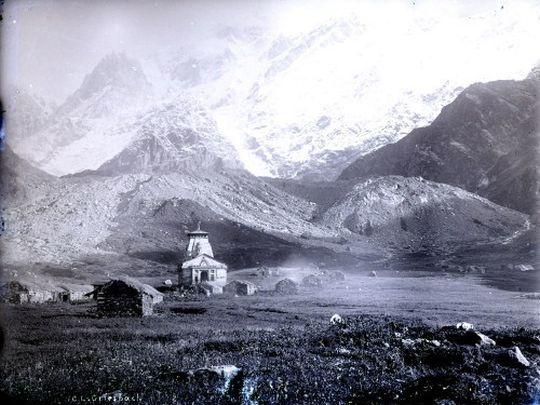
Under Snow For 400 Years
- A Geologist recently told me that the temple at Kedarnath Mandir was under snow for around 400 years. A period known as the Little Ice Age.
- The history of Kedarnath goes something like this: A few hundred years back there was a lot of snow in some areas at higher altitudes which resulted in glaciers moving over the land and displacing large rocks and stones.
- These natural events were recorded by various people who wrote important dates on the walls of temples. These records will likely continue for many more years.
- Scientists say that the temple not only survived being covered by ice for 400 years but also avoided serious damage from glacial movement when the ice began to melt, as it always does.
Suggested Read – Vasuki Tal Trek – Kedarnath Temple Uttarakhand
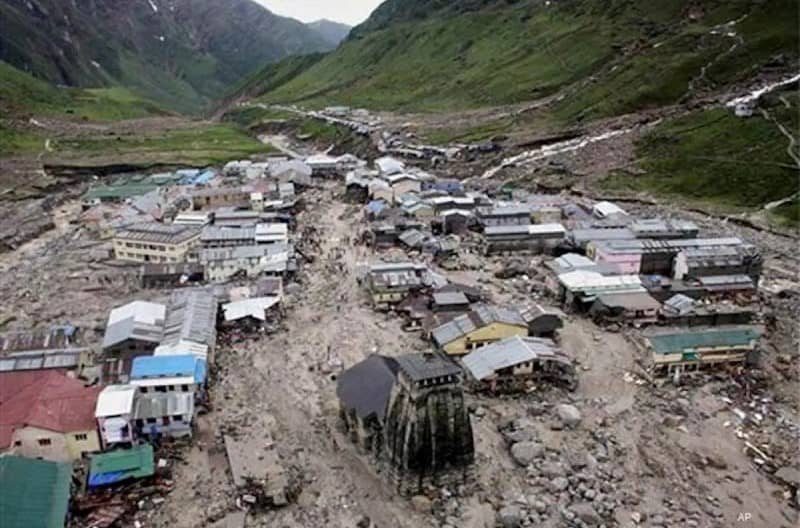
The Kedarnath flood of 2013
Kedarnath is famous for its beautiful mountain temples and its surroundings are rich in natural beauty. These temples were built hundreds of years ago, a striking testament to the architectural brilliance of their builders.
Undoubtedly, one of the best-known aspects of Kedarnath is how it survived the devastating floods caused by torrential rainfall that hit Uttarakhand a few years back (in 2013 to be specific).
Many people say it was due to divine intervention – but what saved Kedarnath had more to do with technology than any like powers.
The temple’s granite walls served as strong barriers against the water released from a nearby dam when its gates opened without forewarning on June 16 that year. This prevented flooding of most parts of the town and also preserved large swathes of forest around it too! The temple still stands, an incredible feat given all that it went through.
Where is Kedarnath?
- One of Hinduism’s holiest temples, the Kedarnath Temple is lies in Rudraprayag, in the lap of the Garhwal Himalayas, 221kms from Rishikesh.
- It rests against the backdrop of the Kedarnath range, at an altitude of 3580m above sea level. It is a part of the Chota Char Dham pilgrimage circuit alongside Badrinath, Gangotri, and Yamunotri. It is also one of the 12 Jyotirlingas or sites sacred to Lord Shiva.
How to reach Kedarnath?
Gaurikund is the last motorable point before Kedarnath. From here, one can walk up, ride a pony, or be hauled up in a palanquin. Alternatively, one can take a very short helicopter ride from Sirsi, Phata, or Guptakashi and then walk up the short distance to seek the blessings of Shiva.
FAQ
- What is the real story of Kedarnath: Nobody knows about the Kedarnath Temple History before Adi Shankaracharya visit.
- Mystery of Kedarnath Temple: W do not have information about the mystery and Kedarnath Temple History beyond 1000 years.
- Mystery of Kedarnath: There are many folk lore and mystery of the Temple that related to Kedarnath Temple History.
Kedarnath Temple History Kedarnath Temple History Kedarnath Temple History Kedarnath Temple History Kedarnath Temple History Kedarnath Temple History Kedarnath Temple History


